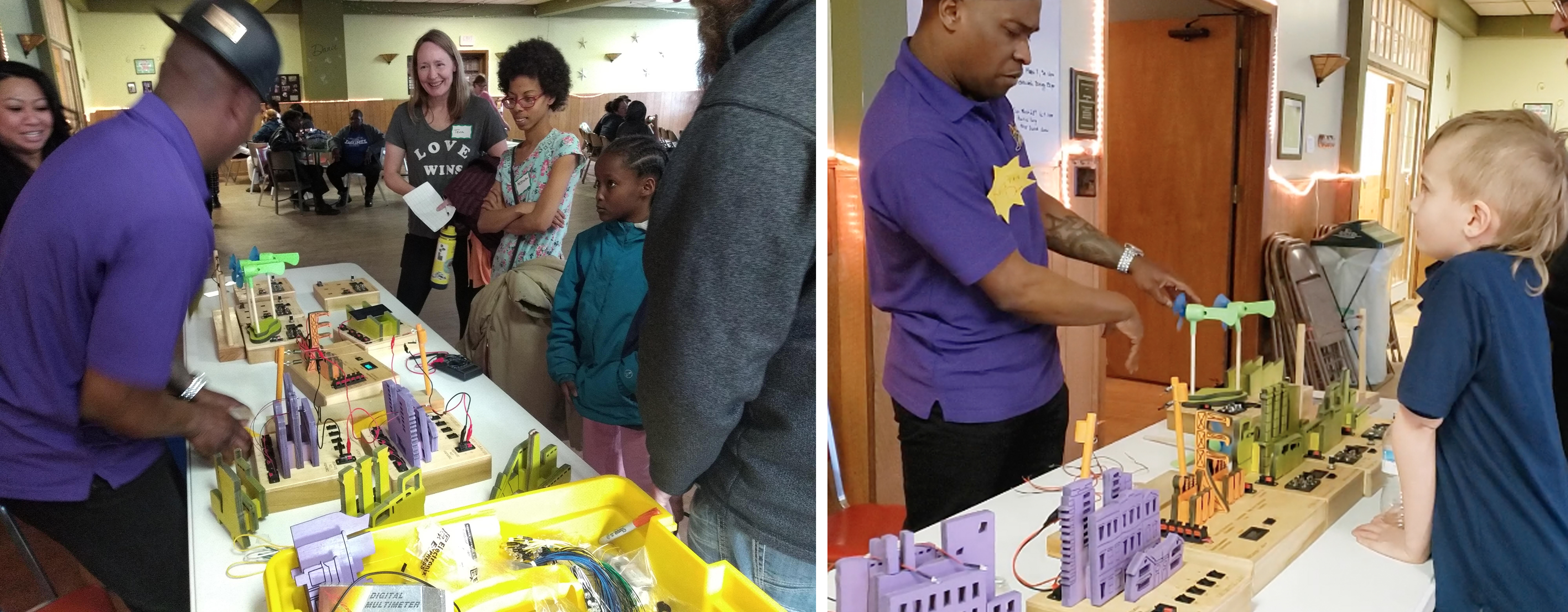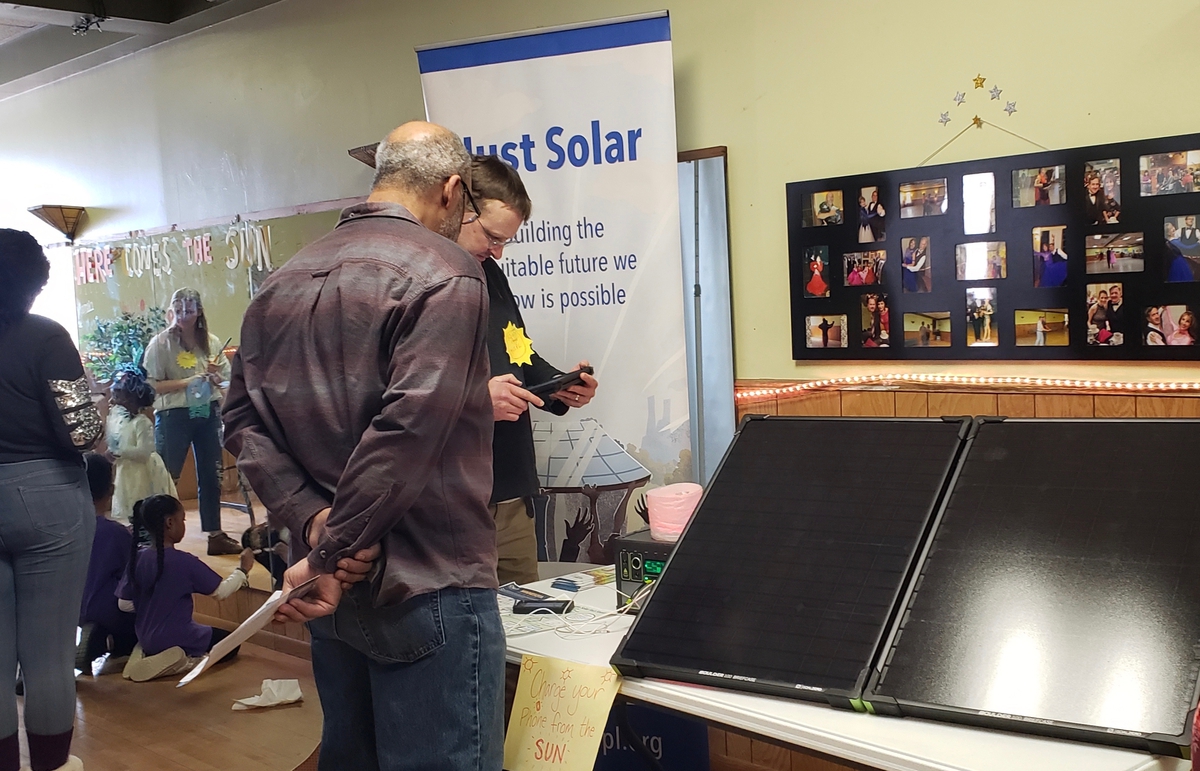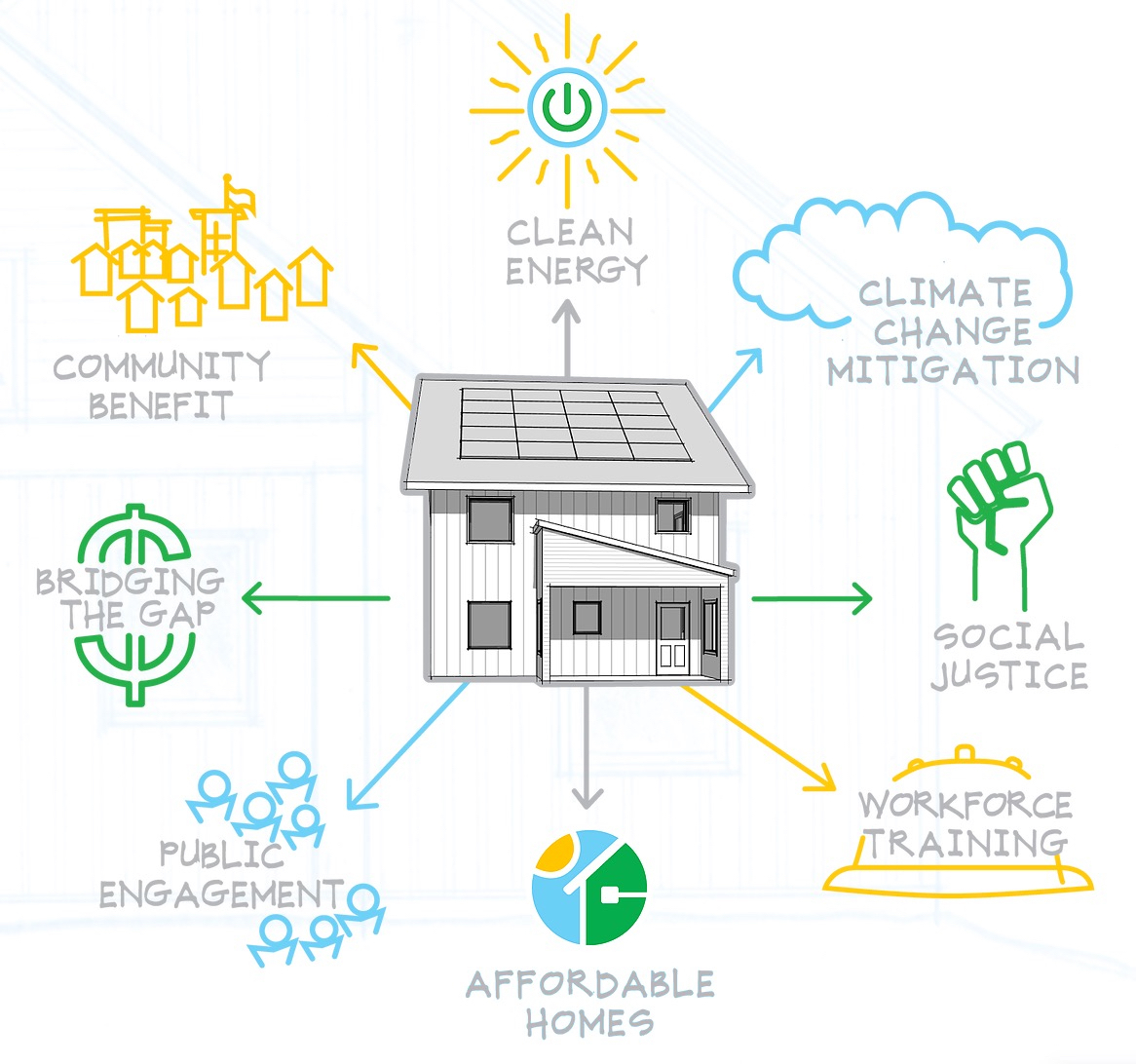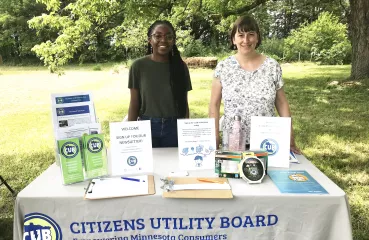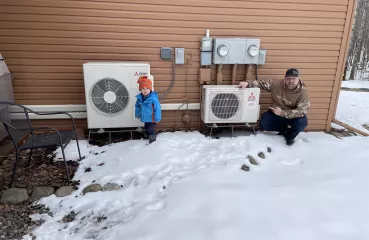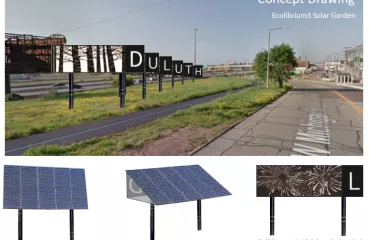Marie Donahue: Wonderful, I was going to ask—but you anticipated my next question. I knew those were coming together. We'll be sure to update our podcast page with links to those when they're available. So excited to have those shared broadly!
Rachel Wagner: Excellent.
Colby Abazs: In addition to those CERTs grants, you've been working with a grant from University of Minnesota Extension RSDP, on a project that you've titled the “Green New Deal Housing” project. Could you tell us more about this, and I think you have an exhibit that just opened.
Rachel Wagner: We do. So, first of all Green New Deal Housing is a lot more than a project. It is both a nonprofit organization, a 501c3 and a partnering public benefit corporation, which is a mission driven for-profit corporation, and essentially the mission of the for-profit arm of Green New Deal Housing is to support the efforts of the nonprofit by actually creating the designs, offering technical assistance, and then expanding efforts by offering the same designs and technical assistance to communities and people and organizations everywhere, whether they are individuals, for profit or nonprofit.
The mission of Green New Deal Housing is to develop equitable zero energy housing and a green collar workforce in the Arrowhead region. It is in many ways a manifestation of the work that I spoke about earlier in terms of wanting to create access and opportunity to folks who have, for the most part, either been disenfranchised or have had barriers to accessing durable, energy efficient affordable housing and accessing stable employment in a sector that is safe and lucrative. The building trades are a stable, lucrative career. In addition, the building trades are suffering from a lack of incoming workforce in the Duluth region and actually most everywhere. We have a relatively aging workforce in the trades and they are not recruiting new and younger members as rapidly as the older members are retiring. Construction is one of those fields where we will always have jobs and always have a need. We need shelter, we need buildings, we need to maintain buildings, and we often need new buildings. In the wake of climate change and pollution and environmental degradation, we absolutely need to transform the way that we build rapidly and in line with the emissions reductions needed to address climate change overall.
So I joined forces two years ago with a local attorney and housing advocate and just sort of rabble rouser named Greg Gilbert. He contacted me and said, “I want to do something about housing. There's a tremendous lack of affordable housing in Duluth, and we need something new. We need something innovative. We need to do things differently.” And I agreed, but I also added that some of the things we need to do differently are to make all new housing zero net energy because we have got to deal with climate change and new buildings in this way. So I said, I will join you—let's do something, but I want the housing to be zero net energy. I want to make it cost effective. In order to do that—we talked about this earlier in terms of what some of the barriers are to all buildings being done this way—we don't have education in place, where our workforce is trained to do this. So I said, let's create a housing organization that also offers workforce training in green construction. That was the impetus for Green New Deal Housing.
We had the not so good fortune of getting ourselves up and running and ready to mobilize in the spring of 2020. So, like many other organizations, our plans were dramatically curtailed due to COVID-19, and RSDP was an incredible help at that moment in time and has been for the entire year. We had written a grant to the Northeast RSDP for technical assistance with the startup of this organization. When we received word that we were awarded that grant, it came with in-kind assistance in the form of guidance from the director of [Northeast] RSDP David Abazs and a lot of work from their newly hired AmeriCorps VISTA Leah Karmaker.
This help has literally been a lifesaver. Green New Deal Housing would not be where it is today without that help. You asked about the exhibit. I don't know that I would have come up with the exhibit idea, were it not for COVID-19. We wanted to engage in a whole lot of public outreach. Honestly what I imagined was going from place to place and giving PowerPoint presentations. Sometimes I'm a decent public speaker, but I'm not sure. In fact, I am sure, going from place to place and giving PowerPoint presentations—no matter how compelling they would have been—would not have had the impact of the exhibit that we devised this winter, when we realized we needed to come up with something else that didn't require lots of face-to-face contact.
We created the Green New Deal Housing Show and Tell. It's a traveling exhibit, we worked on it for months. The exhibit has a scale model of the Evergreen House, one of the homes we've designed for Green New Deal Housing. It has a section of a Green New Deal Housing wall, a full scale section of wall. That's about four feet wide and six feet tall, up close and personal. And the wall is built with layers, you can imagine peeling away the layers of something, so that you can see what's underneath or slicing into a cake to see all the layers of the cake. That's how this wall, the section of wall, was built. So you can see how a Green New Deal wall is constructed, and how it differs from a standard code-built wall.
We then have four large format informational panels with colorful pictures, diagrams and text, explaining our mission, our organization, why we exist, what we hope to do, and how to join our efforts. And the exhibit opened at the Folk School last week. More than 60 people attended a sort of cautious, slow, socially distanced opening. And now the exhibit resides in the Folk School in the main space in Lincoln Park from now until the middle of May, after that it is going to move to the Zeitgeist Atrium in downtown Duluth.
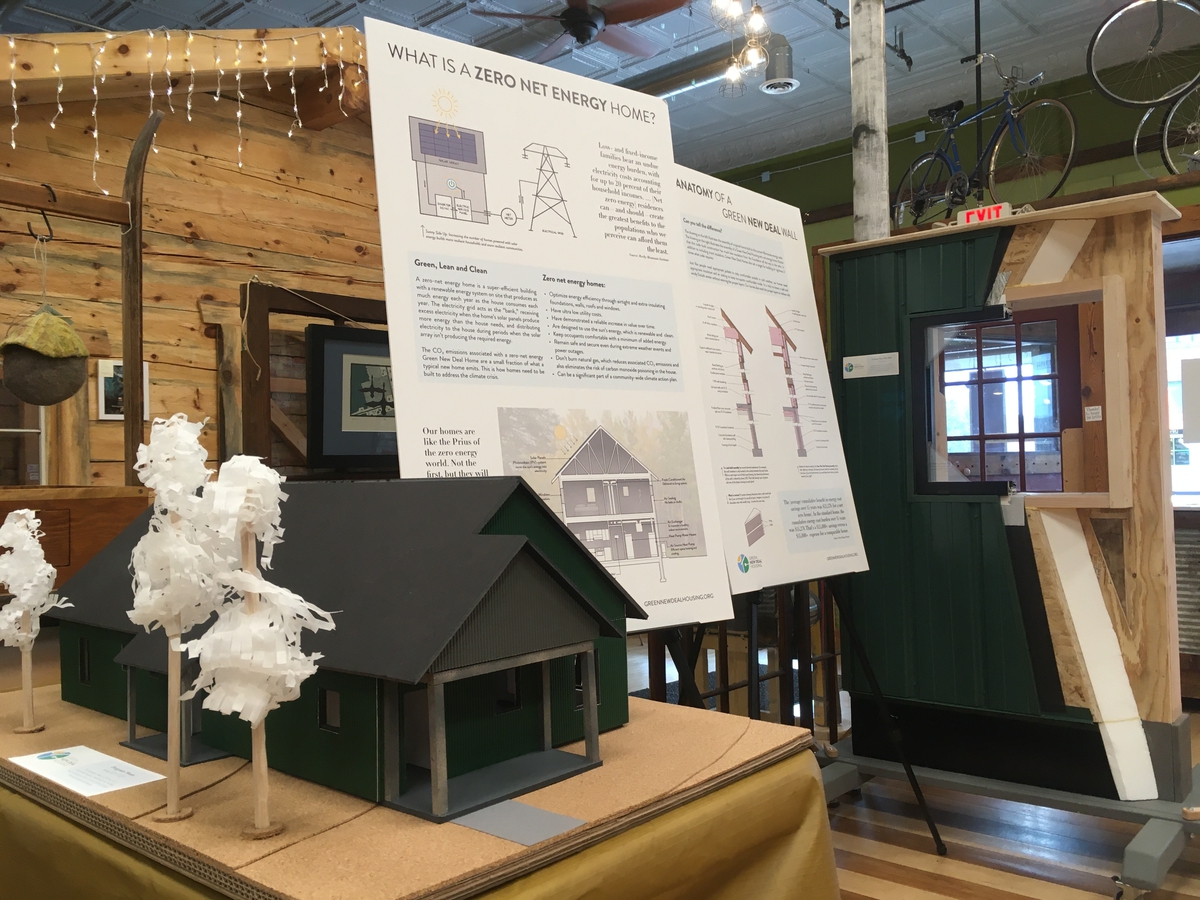
Photo: Green New Deal Housing exhibit at the Folk School.


.png)


